Deck & Commander Strategies
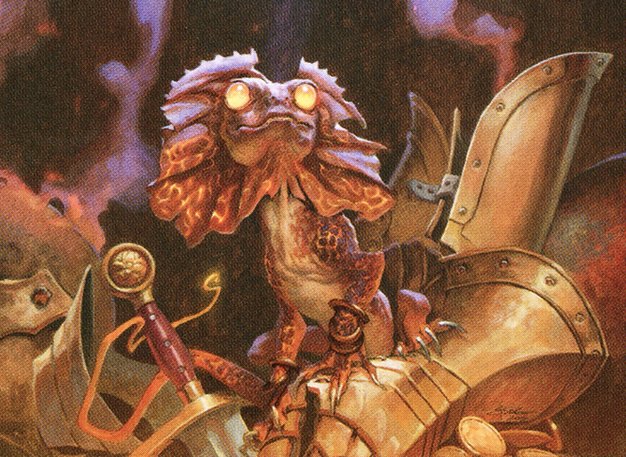
Kediss, Emberclaw Familiar
A fast, aggressive deck that uses Kediss's ability to generate treasure tokens and apply incremental damage while maintaining pressure with quick spells and interaction to disrupt opponents.

Malcolm, Keen-Eyed Navigator
A tempo-oriented deck focused on treasure generation, card draw, and incremental damage, leveraging Malcolm's ability to create treasure tokens and enabling combo or value plays with artifacts and spells.
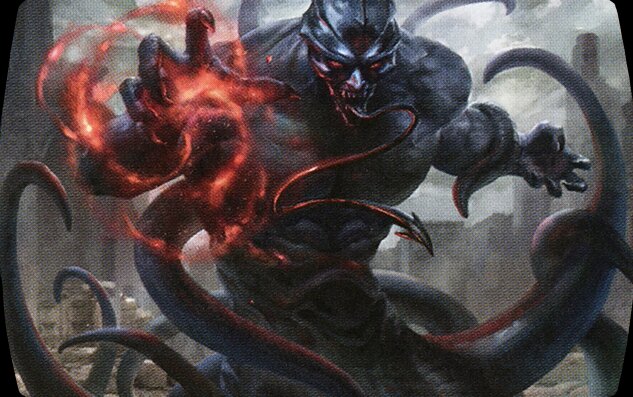
Tevesh Szat, Doom of Fools
A control-combo deck that uses Tevesh Szat's abilities to generate card advantage, disrupt opponents, and assemble combo pieces for a game-ending infinite mana or damage combo.
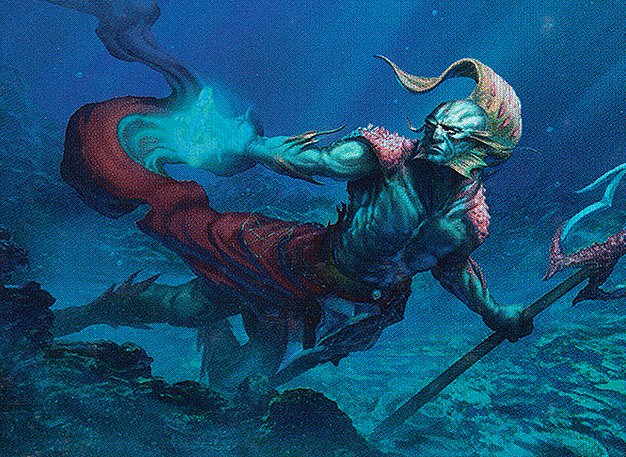
Thrasios, Triton Hero
A toolbox deck that uses Thrasios's scry and draw ability to find key combo pieces or answers, often paired with a partner to enable infinite mana or value engines.

Shiko, Paragon of the Way
A spellslinger and value deck that uses Shiko to generate incremental value from casting noncreature spells, aiming to control the board and eventually win through combos or overwhelming advantage.
Gameplay Insights
- 1
Using Force Negation to counter a critical Smother Tie spell prevented a potential combo and kept the game balanced.
- 2
Casting Delay on a key spell allowed a player to temporarily neutralize threats without outright countering, buying time for their own setup.
- 3
Rhystic Study generated consistent card advantage, forcing opponents to respond or lose incremental value.
- 4
Casting Earthcraft enabled explosive mana and token generation, setting up for a potential combo or overwhelming board presence.
- 5
Strategic use of Deflecting Swat to redirect removal spells disrupted opponents' plans and protected key permanents.
- 6
Players leveraged treasure tokens aggressively both as mana acceleration and incremental damage sources, applying constant pressure.
- 7
Discarding down to seven cards was a critical point where players had to carefully manage resources under pressure from opponents.
Notable Cards
-
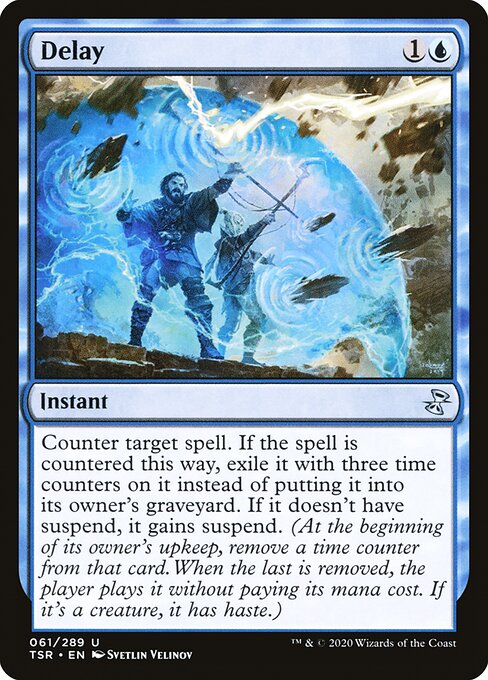
Delay
-

Rhystic Study
-

Deflecting Swat
-
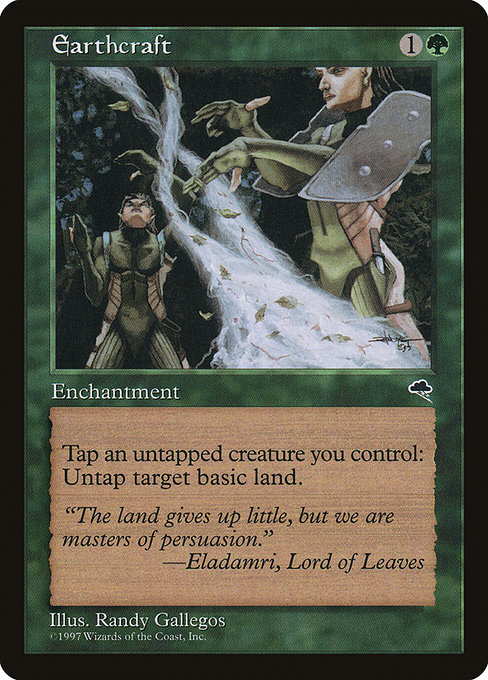
Earthcraft
Gameplay Summary
The game started with a typical competitive EDH setup, featuring heavy interaction and fast mana plays.
Early turns saw players establishing their mana bases and deploying key artifacts like Lotus Pedal and mana lands, with Malcolm and Kediss decks taking central roles.
The board state quickly evolved through spells like Metamorph and interaction spells such as Force Negation and Delay, preventing some early attempts to resolve critical threats.
Players used treasure generation and incremental damage through commander attacks and spells to chip away at opponents' life totals. Midgame was marked by a flurry of card draw and mana acceleration, including casting Thrasios and leveraging effects like Rhystic Study to maintain card advantage.
The players continued to trade resources and apply pressure, with key removals such as Deadly Relic and Deflecting Swat changing the board dynamics.
The competitive tension escalated as players attempted to establish infinite combos or overwhelming board states, with several counterspells and discard effects keeping the game tight.
The game ended soon after a misplay or missed interaction triggered a swift conclusion, highlighting the razor-thin margins typical in cEDH matches.






































